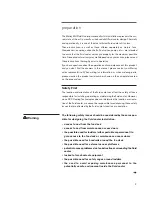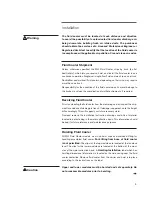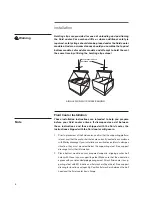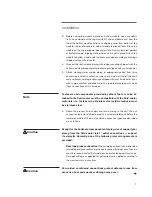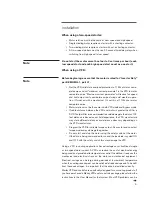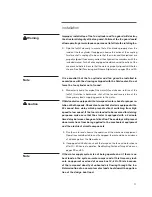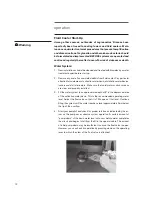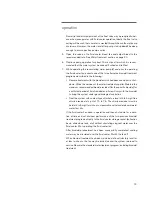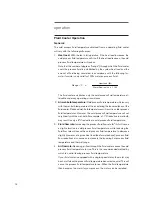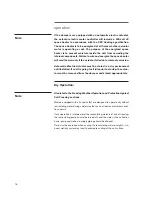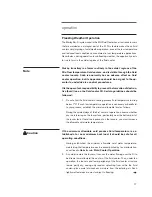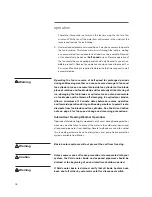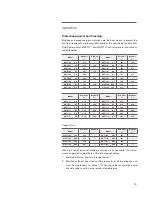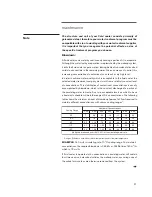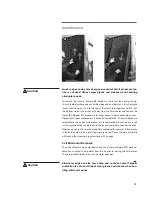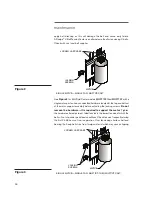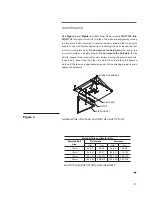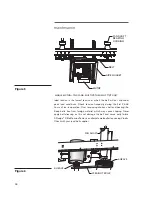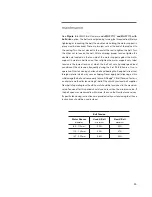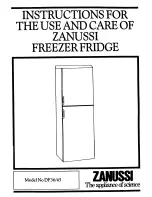
14
Fluid Cooler Operation
General:
The cold process fluid temperature obtained from an operating fluid cooler
will vary with the following influences:
1. Heat load: With the fan in full operation, if the heat load increases, the
cold process fluid temperature will rise. If the heat load reduces, the cold
process fluid temperature will reduce.
Note that the number of degrees (“range”) through which the fluid cooler
cools the process fluid is established by the system heat load and the
amount of fluid being circulated, in accordance with the following for-
mula—formula is only valid for 100% water as process fluid:
The fluid cooler establishes only the cold process fluid temperature at-
tainable under any operating circumstance.
2. Air wet-bulb temperature: Cold process fluid temperature will also vary
with the wet-bulb temperature of the air entering the louvered faces of the
fluid cooler. Reduced wet-bulb temperatures will result in colder process
fluid temperatures. However, the cold process fluid temperature will not
vary linearly with the wet-bulb. For example, a 11°C reduction in wet-bulb
may result in only a 8°C reduction in cold process fluid temperature.
3. Fluid flow rate: Increasing the process fluid flow rate (m
3
/hr) will cause
a slight elevation in cold process fluid temperature, while reducing the
fluid flow rate will cause the cold process fluid temperature to decrease
slightly. However, at a given heat load (see formula above), process fluid
flow reductions also cause an increase in the incoming hot process fluid
temperature and thermal range.
4. Air flow rate: Reducing air flow through the fluid cooler causes the cold
process fluid temperature to rise. This is the recommended method by
which to control leaving process fluid temperature.
If your fluid cooler is equipped with a single-speed motor, the motor may
be shut off when the process fluid temperature becomes too cold. This will
cause the process fluid temperature to rise. When the fluid temperature
then becomes too warm for your process, the motor can be restarted.
operation
Range – °F =
Heat Load (Btu/hr)
GPM x 500
or — in SI units
Range – °C
=
Heat Load (kW)
Water Flow (m
3
/hr) x 1.162



